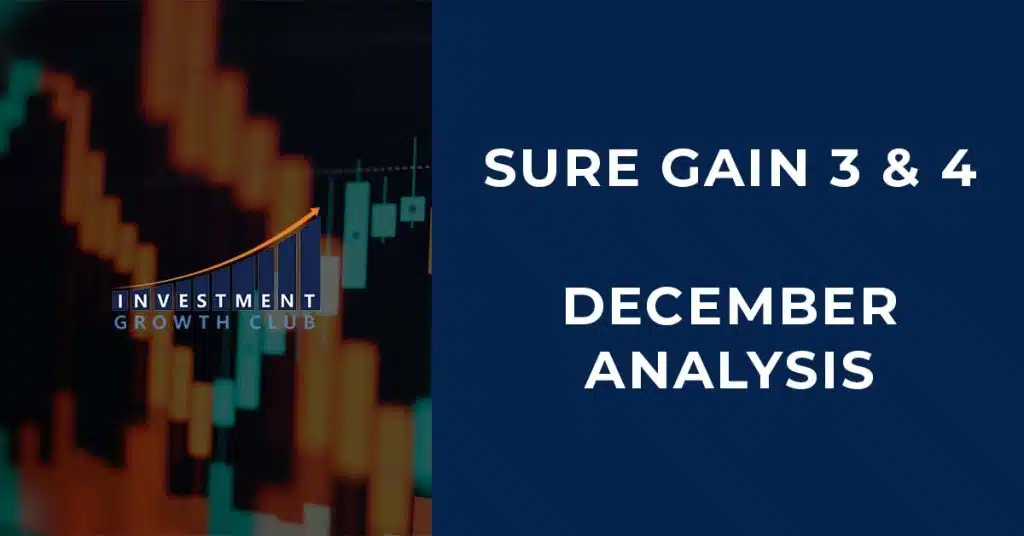Key Takeaways
- EUR/USD remains in a strong bearish trend, trading near two-year lows.
- Short-term rebounds may occur due to oversold conditions, but downside pressure persists.
- Key factors influencing EUR/USD:
- Strong USD from post-election stability and hawkish Fed policies.
- Weak Eurozone data and dovish ECB stance.
- Forecast: EUR/USD likely to trade between 1.0200 and 1.0500, with further losses possible below 1.0300.
- Traders should be cautious of holiday liquidity and geopolitical risks.
The EUR/USD pair is entrenched in a strong bearish trend, trading at fresh two-year lows around 1.0332. Sustained downward momentum and the dominance of sellers continue to characterise market sentiment, with lower highs and lower lows reinforcing the trend.
Technical Analysis
-
As of November 29, 2024, EUR/USD remains firmly below both the 50-day and 200-day moving averages, indicating a prolonged bearish trend.
-
RSI hovers near 30, suggesting oversold conditions and the potential for a short-term rebound. However, the bearish momentum remains dominant.
-
Key Levels:
-
Support: Immediate at 1.0300 (psychological and technical level), with stronger support at 1.0200.
-
Resistance: Observed at 1.0400 and 1.0500, with 1.0600 as a pivotal zone for any significant reversal.
-
- Price action confirms bearish control, requiring a sustained move above 1.0600 to alter the trend and challenge the 50-day moving average.
Fundamental Analysis
-
United States
-
The USD has strengthened post-election, driven by investor confidence in continued economic stability and pro-business policies.
- Hawkish Federal Reserve policies, coupled with resilient U.S. economic indicators like robust labour data and consumer spending, bolster the dollar’s appeal.
- The U.S. economy remains resilient against global economic headwinds, further widening the interest rate differential with the Eurozone.
-
-
Eurozone
-
Weak PMI data underscores persistent industrial and service sector contractions, with Germany’s Manufacturing PMI at a low 43.1.
- The ECB maintains a dovish stance, emphasizing supportive measures to stabilize the Eurozone economy amid ongoing challenges.
- Geopolitical uncertainties, including energy supply issues and trade tensions, exacerbate economic vulnerabilities.
-
Forecast
- EUR/USD is expected to trade between 1.0200 and 1.0500, with a downside bias due to a strong USD environment.
- A break below 1.0300 could lead to further losses toward 1.0200. Conversely, a recovery above 1.0500 may shift focus to the 1.0600 resistance level.
- Key drivers for December include central bank policy meetings, geopolitical developments, and inflation data from both regions.
December’s Considerations and Cautions:
- Federal Reserve Policy Decisions: Hawkish remarks in November suggest the potential for further rate hikes if U.S. inflation or labour market data remain strong, likely pressuring EUR/USD lower.
- ECB Policy Meeting: The ECB’s December meeting will focus on balancing growth support and inflation control. A dovish stance could worsen euro weakness.
- Geopolitical Risks: Energy supply concerns during winter and U.S.-China trade disputes could add downside pressure on the euro.
- Holiday Liquidity: Reduced market liquidity in December can amplify volatility, leading to exaggerated price movements. Traders should carefully set stop-loss and take-profit levels to manage risk.
Summary
EUR/USD remains in a strong bearish trend, trading at two-year lows around 1.0332. Technical indicators suggest potential short-term rebounds, but the dominant downtrend persists. The USD is bolstered by post-election stability and hawkish Federal Reserve policies, while the euro faces pressure from weak Eurozone data and dovish ECB actions. EUR/USD is forecasted to trade between 1.0200 and 1.0500, with a downside bias. Key considerations for December include central bank meetings, geopolitical risks, and reduced holiday liquidity, all of which may amplify volatility.

